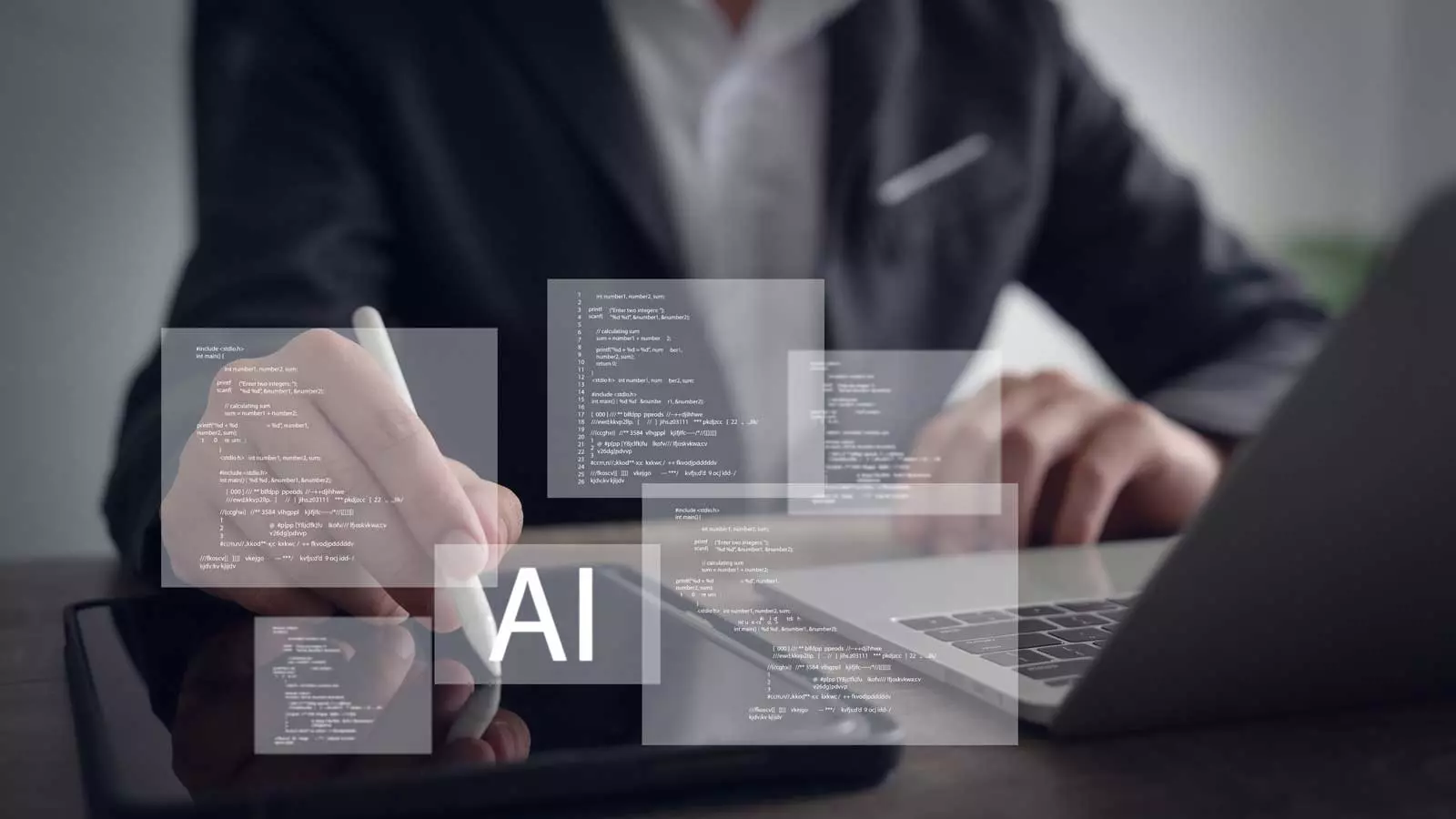Manufacturing Innovation Strategy in the Era of Digital Transformation

As the digital transformation of the manufacturing industry accelerates, we are at a critical crossroads of strategic choice. It is time to shift to innovation driven by technology, rather than following market demands.
A variety of AI-based technologies and services are emerging, and in this situation, companies want to know what services consumers want, but consumers do not know what these technologies will bring them.
Everyone agrees that artificial intelligence is an important future technology, but we have no idea how it will help us in our lives. Therefore, it is necessary for experts who understand the technology to gain insight into its future possibilities and implement them.
“People don't know what they want until they see it.” Steve Jobs' words have become a truth that is even more urgent in the age of AI. Just as the iPhone did, AI technology can also present innovative value that consumers have not yet imagined.
In this article, we will discuss why technology push is more important than market pull in the innovation of manufacturing in the age of AI, and suggest a strategy for success through this.
The market does not yet understand the potential of AI.
Current market limitations.
With domestic digital transformation spending expected to account for 65% of all ICT investments by 2024, many companies are still unable to find practical ways to use AI technology. This shows that the market does not yet fully understand the potential of AI technology.
Gaps in technology understanding.
82.6% of companies have a digital transformation plan, but there are very few successful implementations. In particular, the success rate of digital transformation in traditional industries is only 4-11%. This suggests that market-driven approaches alone are limited.
You may have heard of the Evil of High-tech. High-tech companies, which are often technology organizations with advanced capabilities, tend to fall into technological complacency or overlook the market due to an over-concentration of technology.
No matter how good the technology is, if it fails to precisely meet the tastes of consumers, it is only natural that it will be rejected by the market.
Successful AI adoption cases have come from technology-led approaches.
Innovative cases of global leading companies.
The 66% defect rate reduction achieved by Beko through the introduction of an AI-based control system and the 24% productivity improvement achieved by Siemens are all the result of first exploring the technological possibilities. These companies did not wait for the market to demand it, but first discovered and implemented the potential of technology.
Seagate Technology achieved a 300% ROI through the Optical Inspection with Centralized Analysis (OPICA) project. In addition, the company was able to achieve a 20% improvement in inspection accuracy and a 95% reduction in resource utilization, resulting in a cost savings of $145 million as of FY 2021.
This proves the success of the technology-led approach, which has been brought about by the application of deep learning-based defect detection systems and AI and machine learning technologies. In particular, the fact that the payback period was achieved in a short period of two to six months shows the effectiveness of the technology push strategy.

In other words, in the initial stage of an initiative to start an AI innovation, a technology push must lead to success. It is necessary to have technical insight to define the possibilities that AI technology can create and to map out the direction for creating a new market.
This process is impossible without an understanding of the technology. However, in the process of implementing the idea and delivering it to the market, it is necessary to reflect well on what the market wants, i.e. the market pool.
Even if AI is a technological innovation, we must not forget that the ultimate evaluation of the results of the innovation will be done by the customers.
Performance differences by industry
The 80% AI adoption rate in the pharmaceutical and chemical industries is the result of a technology-driven approach. In contrast, the consumer electronics industry, which relies solely on market demand, has a relatively low adoption rate of 40%.
The effects of AI adoption across the manufacturing industry are very encouraging. Overall productivity at production sites increased by an average of 10 to 15%, and EBITA, a profitability indicator, increased by a meaningful 4 to 5%.
What is particularly noteworthy is that downtime on production lines decreased by 30 to 50%. These figures prove that the technology push strategy can lead to tangible business results.
In the era of digital transformation, successful implementation of technology push
Step 1: Explore technology possibilities
In the first step of exploring technology possibilities, it is necessary to thoroughly analyze the potential of AI technology. To do this, it is necessary to first work out in detail the areas where AI technology can be applied to each stage of the current manufacturing process.

For example, in the quality inspection process, you can review a real-time defect detection system using computer vision and deep learning, and in the facility management area, a predictive maintenance system based on sensor data.
In this review process, companies should benchmark the AI adoption cases of global leading companies, but they should also come up with customized application plans that take into account their own unique characteristics.
In particular, they should select the areas that are expected to be most effective by comprehensively considering the current level of technology, the possibility of securing data, and the expected technical challenges.
For the selected areas, they should establish a pilot project plan that includes specific target figures and secure the necessary technical and human resources in advance.
Step 2: Verified implementation
In the verified implementation stage, the effectiveness of the technology is verified through a small-scale demonstration project. The important thing here is to conduct systematic testing in a controlled environment.
For example, an AI system can be built by selecting a specific production line and the effectiveness can be quantitatively measured through comparative analysis with other production lines under the same conditions.
In this process, you should closely analyze the profitability of the investment and focus on improving the technical completeness. It would be important to record in detail the problems that occur during the initial implementation process and establish solutions for them.
For example, data quality issues, integration issues with existing systems, and adaptation issues for field workers may arise, and the process of finding solutions to these issues itself becomes an important learning experience. The results of the demonstration project will serve as important basic data for future company-wide expansion.
Step 3: Accepting market feedback
In the step of accepting market feedback, the experiences of actual users are analyzed in depth. This should be done through various methods, such as field observations, in-depth interviews, and data analysis, rather than simple satisfaction surveys.

In fact, there were cases where the usage patterns of production line workers were analyzed to derive points for improving usability, or where the decision-making process of quality control managers was observed to optimize the judgment criteria of the AI system.
The improvements derived from this are systematically organized and reflected in the technical optimization process.
The most important thing is to evaluate how well the AI system is in harmony with the actual work processes at the manufacturing site, beyond simple functional improvements. If necessary, it may be necessary to redesign the work process itself or make a bold decision to modify the architecture of the AI system.
Step 4: Enterprise-wide diffusion
The enterprise-wide diffusion stage is the process of expanding the AI system throughout the organization based on the success stories accumulated in the previous stages. In this stage, a detailed roadmap must first be established. The roadmap must include the construction schedule by factory and production line, the required budget, and the staffing plan.
In addition, it is essential to build an organizational culture that embraces digital innovation. To this end, a change management program must be operated with strong support from management, and field leaders must be nurtured as agents of change.
At the same time, a program must be put in place to systematically train the necessary professionals. For example, a plan must be established to train experts in various fields, such as data scientists, AI engineers, and process innovation experts, internally or by recruiting them from outside.
In particular, it is important to establish a knowledge-sharing system within the organization at this stage. The experience and know-how gained from the pilot project should be systematically documented and a platform should be established for the entire organization to learn from.
This knowledge sharing will help each factory or business unit avoid repeating the same trial and error and accelerate the learning curve at the enterprise level.
Digital transformation, the direction we should go

For a successful digital transformation, the organization's overall digital capabilities must be strengthened first. To this end, an enterprise-wide training program should be operated and an innovative culture that encourages experimentation and challenges should be created.
At the same time, a governance system that can systematically manage the risks associated with the introduction of new technologies should also be established. These preparatory processes will be the essential foundation for the success of digital transformation.
IMPACTIVE AI believes that innovation in the manufacturing industry in the AI era can be achieved through technology push. Discovering and implementing the potential of AI that the market does not yet understand will be the key to competitiveness.
However, a balanced approach that accepts feedback from the market is required in this process. “Create what customers want, but present them with something they have never dreamed of” should be the key strategy for innovation in the manufacturing industry in the AI era.
Ultimately, the ability to capture both the technology push and the market pull is what managers need to have in the AI era. Even if AI is a technological innovation, we must not forget that the ultimate evaluation of the results of the innovation will be done by the customers.
A balanced approach is needed, where experts who understand the technology can provide insight into the possibilities that lie ahead and implement them, while actively accepting feedback from the market.


.svg)
%202.svg)
.svg)


.svg)















